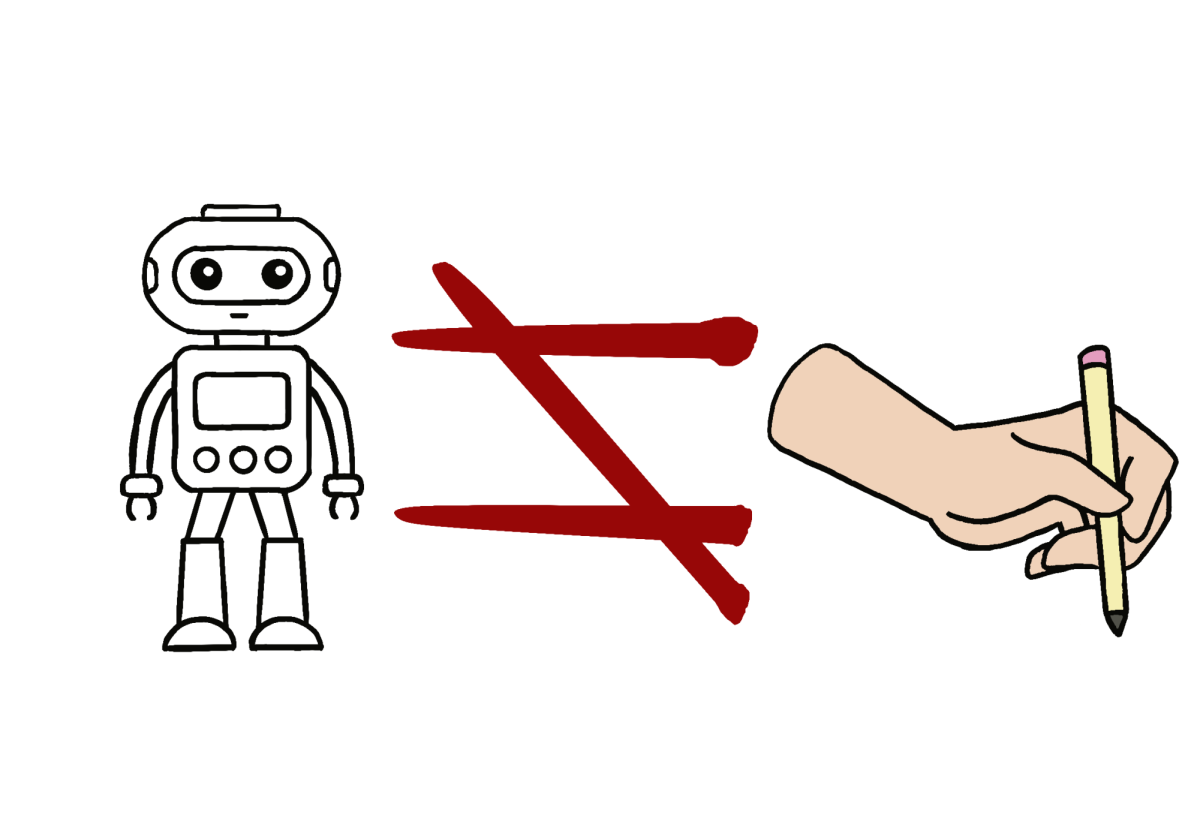The thrill of finding a hidden gem for a low price at the thrift store is always rewarding. However, in an era where thrifting once kept up with the theme of being cheap and accessible, it is often not in favor of the consumer anymore.

Pointing fingers at resellers like Depop and Poshmark is quite easy, but the problem stems from the stores that have been around for years, such as so-called charitable organizations, such as Savers and Goodwill. They receive items that are donated for free, but later sell them for much more, sometimes close to the actual price they were sold for originally, according to Medium.
Not only is there a problem with the rising prices of items at these corporations, but there is also an internal issue within the companies themselves. They lack transparency, as their nonprofits are benefiting from their sales. Goodwill claims to assist employees in improving their lives, but it was discovered to be paying some disabled workers as little as $1.44 per hour, according to Newsweek.
I remember going to thrift stores during quarantine, enjoying them due to the accessibility and entertainment of finding inexpensive clothes. It is disappointing to see how the thrift industry has turned into a $14 billion business, according to Time Magazine. This defeats the original purpose of thrift stores, which should be to support communities and non-profits.
However, there are still local thrift stores and non-profit establishments that benefit charitable causes, such as the Salvation Army thrift store and donation center. Other stores also offer items by the pound, which is more ethical and affordable, according to PBS News.
As the prices of mainstream thrift stores continue to rise, it is important to reconsider where the right place to thrift is. When navigating the evolving environment of thrifting, consumers must stay aware of transparency, fair prices and ethical practices in the thrift industry.















